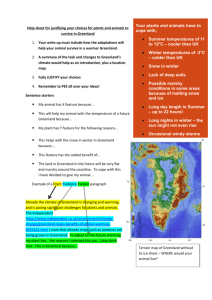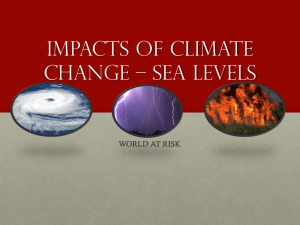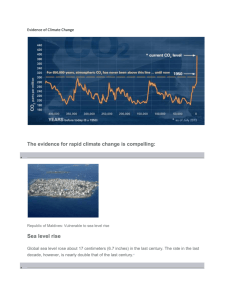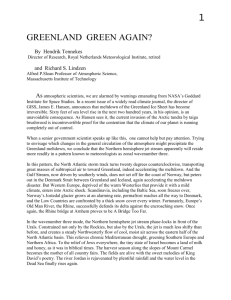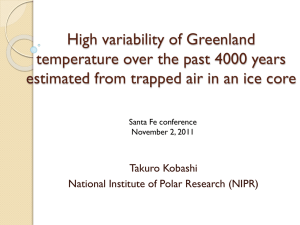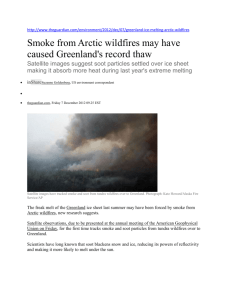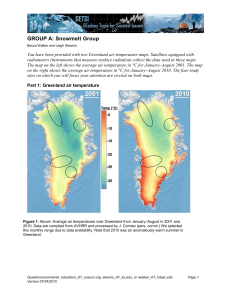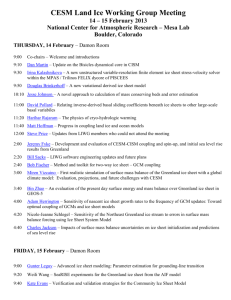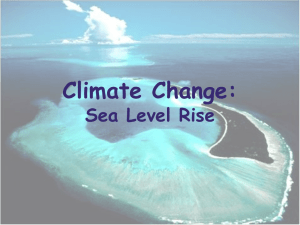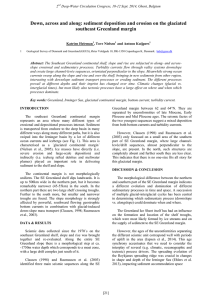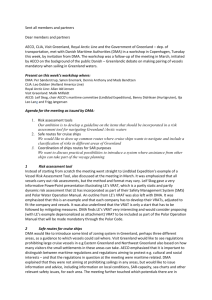vacancy advert.
advertisement
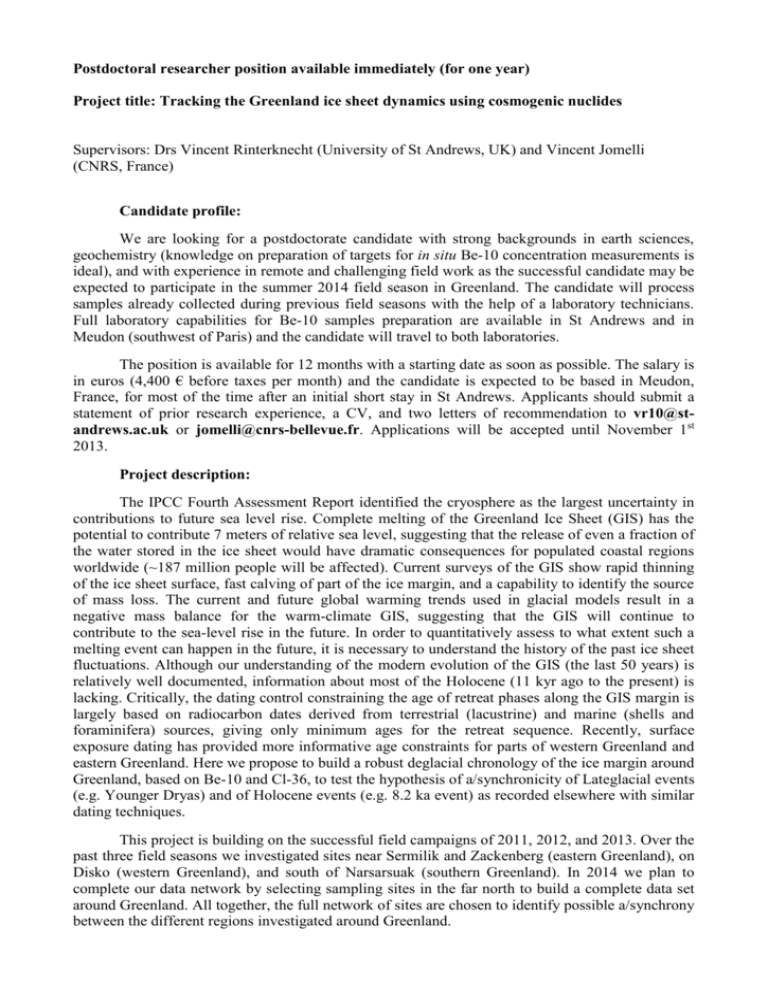
Postdoctoral researcher position available immediately (for one year) Project title: Tracking the Greenland ice sheet dynamics using cosmogenic nuclides Supervisors: Drs Vincent Rinterknecht (University of St Andrews, UK) and Vincent Jomelli (CNRS, France) Candidate profile: We are looking for a postdoctorate candidate with strong backgrounds in earth sciences, geochemistry (knowledge on preparation of targets for in situ Be-10 concentration measurements is ideal), and with experience in remote and challenging field work as the successful candidate may be expected to participate in the summer 2014 field season in Greenland. The candidate will process samples already collected during previous field seasons with the help of a laboratory technicians. Full laboratory capabilities for Be-10 samples preparation are available in St Andrews and in Meudon (southwest of Paris) and the candidate will travel to both laboratories. The position is available for 12 months with a starting date as soon as possible. The salary is in euros (4,400 € before taxes per month) and the candidate is expected to be based in Meudon, France, for most of the time after an initial short stay in St Andrews. Applicants should submit a statement of prior research experience, a CV, and two letters of recommendation to vr10@standrews.ac.uk or jomelli@cnrs-bellevue.fr. Applications will be accepted until November 1st 2013. Project description: The IPCC Fourth Assessment Report identified the cryosphere as the largest uncertainty in contributions to future sea level rise. Complete melting of the Greenland Ice Sheet (GIS) has the potential to contribute 7 meters of relative sea level, suggesting that the release of even a fraction of the water stored in the ice sheet would have dramatic consequences for populated coastal regions worldwide (~187 million people will be affected). Current surveys of the GIS show rapid thinning of the ice sheet surface, fast calving of part of the ice margin, and a capability to identify the source of mass loss. The current and future global warming trends used in glacial models result in a negative mass balance for the warm-climate GIS, suggesting that the GIS will continue to contribute to the sea-level rise in the future. In order to quantitatively assess to what extent such a melting event can happen in the future, it is necessary to understand the history of the past ice sheet fluctuations. Although our understanding of the modern evolution of the GIS (the last 50 years) is relatively well documented, information about most of the Holocene (11 kyr ago to the present) is lacking. Critically, the dating control constraining the age of retreat phases along the GIS margin is largely based on radiocarbon dates derived from terrestrial (lacustrine) and marine (shells and foraminifera) sources, giving only minimum ages for the retreat sequence. Recently, surface exposure dating has provided more informative age constraints for parts of western Greenland and eastern Greenland. Here we propose to build a robust deglacial chronology of the ice margin around Greenland, based on Be-10 and Cl-36, to test the hypothesis of a/synchronicity of Lateglacial events (e.g. Younger Dryas) and of Holocene events (e.g. 8.2 ka event) as recorded elsewhere with similar dating techniques. This project is building on the successful field campaigns of 2011, 2012, and 2013. Over the past three field seasons we investigated sites near Sermilik and Zackenberg (eastern Greenland), on Disko (western Greenland), and south of Narsarsuak (southern Greenland). In 2014 we plan to complete our data network by selecting sampling sites in the far north to build a complete data set around Greenland. All together, the full network of sites are chosen to identify possible a/synchrony between the different regions investigated around Greenland. The outcomes of the project are: 1) to build a strong and detailed chronology of the ice margin fluctuation to better understand the dynamics of the ice margin during the Lateglacial and the Holocene, 2) to develop cross calibrations between different dating techniques (Be-10, Cl-36), 3) to provide new local production rates for the Be-10 surface exposure dating technique, and 4) to identify any a/synchrony around the coast of Greenland that may be linked to shifts of major climatic systems affecting various regions of Greenland at the time.
